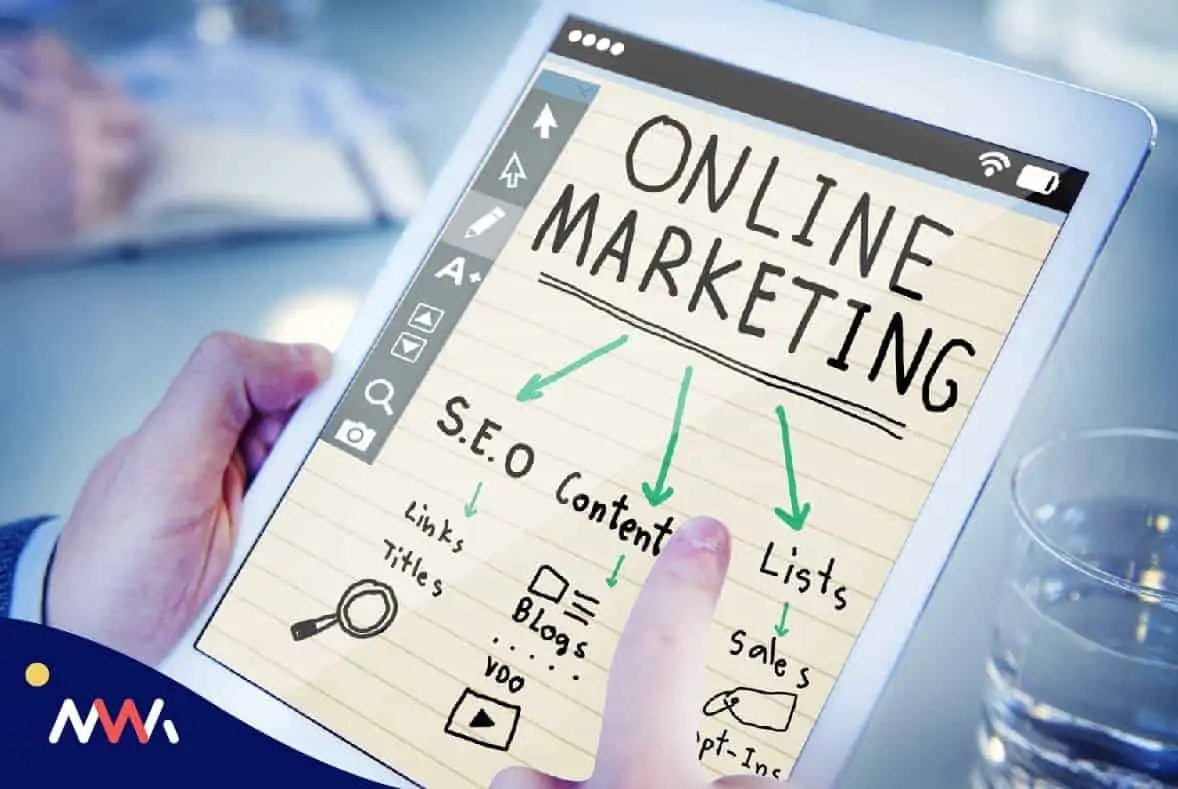What is website personalisation?
Website personalisation is the concept of providing a customised experience to users when they visit your pages.
While complete personalisation is almost impossible to achieve, you can carry out a high level of tailoring with the right approach to user data.
This is very important to your users.
Put yourself in the customer’s position — if you encounter an ad that is irrelevant to what you need, are you going to click on it? Probably not.
If you are a repeat customer in search of support, and time and time again you receive generic answers to questions that have nothing to do with your situation, how would you feel? Probably not very good.
On the other hand, if you have an experience that feels tailored to your needs — as if the business is really trying to give you what you want — you’re going to feel much better. In other words, personalisation is always the best option.
Personalisation advantages
- Creates a better experience for each of your users
- Maximises the conversion rate of your site and your content
- Nurtures stronger relationships and achieves increased lifetime value from customers
- Builds a better understanding of what customers expect from your business
Personalisation disadvantages
- Requires a greater investment in terms of time, capital and resources — although this investment should be recouped with the right strategy
- May seem like an overwhelming task and you might be unsure of where to begin
- You will need accurate data to achieve the right results from personalisation
- Buyer personas and customer objectives will change over time, so a long-term commitment to personalisation is required
In most cases, the advantages of personalisation outweigh its disadvantages. However, the right approach is required to make sure that this is the case.
Let’s take a look at how you can begin the task of personalising your website and what you can do to give yourself the best chance of success.
Where (and how) to start personalising websites?
1. Make first-time visitors feel welcome
Put yourself in the shoes of a first time visitor. How do they feel? Are they unsure of what to do when they arrive on your site, whether this content is for them?
Do what you can to make those first-timers feel welcome.
2. Recognise existing customers
Don’t forget existing customers in all of this. After all, these are customers who have purchased from you before, and you know something about who they are and what they need.
Use this data and create relevant experiences tailored to specific buyer segments.
3. Link inbound traffic to personalised experiences
If a customer clicks on a link on a social media ad or in a marketing email, they expect that link to take them where they need to be. They don’t expect to just be delivered to a homepage and then forced to navigate through irrelevant content.
Make sure you are deploying personalised landing pages that orient and inform arrivals based on their inbound traffic route.
4. Serve up location-relevant content
Chances are, your customers are coming to your site from numerous different geographical locations. Smartphone devices have increased this customer mobility even more in recent years.
So, what do you do? You track this location data and serve up content that is specific to this.
5. Treat known contacts like the VIPs they are
Your business has many customers, and some are more valuable than others.
While you need to support all of your clients, you should be identifying who these VIP clients are and rewarding them with specific valued-added content while also nurturing them further to solidify that relationship
6. Take their mobile content into account
There are many different kinds of devices that can be used to access your site. It’s crucial that your content is optimised for browsing on all of these devices and their possible operating systems.
7. Leverage in-the-moment visitor behaviour
Don’t underestimate in-the-moment behaviour. Studies have found that 57 per cent of viewing time on a website is devoted to content above the fold, which shows how many users simply do not bother with longer-form content.
Make the most of that window of opportunity and make a connection sooner rather than later. Deploy live chat functionality and clearly visible CTAs and convert users in a hurry.
8. Assign each customer a score
Scoring your customers helps you to personalise the experience you offer to them.
Customers with a lower score may need increased nurturing and encouragement, while warm leads may be almost ready to convert, and you will simply need to nudge them in the right directions.
9. Let customers connect with social media accounts
Secure log-ins via social media platforms mean that customers do not need to spend time signing up on your website.
These log-ins make it easy to provide customised member areas to your customers, while also developing your data stores to provide a more personalised experience to these customers in the long run.
10. Map the customer journey
You need to know your customer journey inside out. Where are these customers coming from? What are their motivations?
What do they want to do when they access your site? Map this customer journey in a master document so that all relevant teams can refer to this data.
Getting personal is not so difficult
It’s not so difficult to reap the benefits of website personalisation, but actually executing the process can sometimes be a little tricky. Working with a professional website agency can help you achieve the results you need from your strategy.



